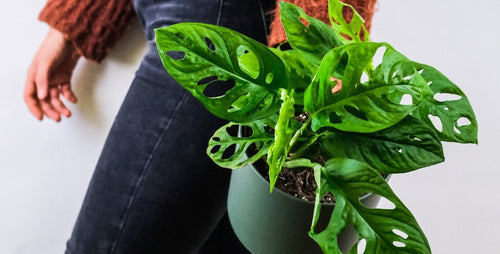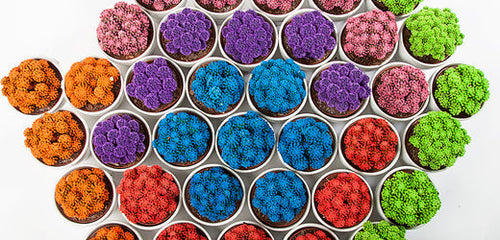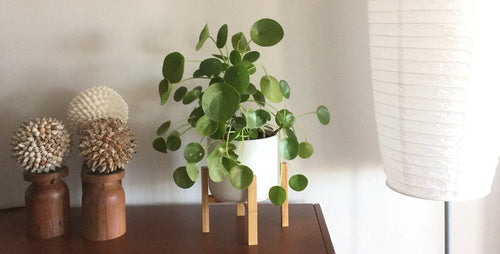 Even under the best conditions, winter can be hard on indoor plants. Low light levels combined with the warm, dry air from central heating can cause plants to look a bit threadbare by the time spring arrives. After all, the majority of houseplants are tropical in nature so do best in bright, warm, humid situations, not what you find in most homes during the winter months.
Even under the best conditions, winter can be hard on indoor plants. Low light levels combined with the warm, dry air from central heating can cause plants to look a bit threadbare by the time spring arrives. After all, the majority of houseplants are tropical in nature so do best in bright, warm, humid situations, not what you find in most homes during the winter months. This is why, after nightly temperatures remain about 50 degrees F, I move all my houseplants outdoors for a well-deserved summer vacation. Generally, if it’s safe enough to plant tomatoes in your garden, it’s safe enough to take your houseplants outside. Of course, before that happens, I always make sure every pot has at least one drainage hole in the bottom so they don’t fill up with water after the first
Also, it’s important not to shock your plants by setting them directly in an exposed sunny and/or windy location. For years, I’ve tucked my houseplants (even sun-lovers) into a protected spot nestled against the north side of my home. I also try to bring them back inside at night for the first week or two until I’m sure they have adjusted to the outdoor life.
As the weeks pass, I’ll slowly move the sun-loving species such as hibiscus, succulents, oleander, and yucca cane into more open areas, but I’ll let the shade dwellers such as snake plant, Boston fern, aglaonema, philodendron, and pothos remain in the shadows because even the darkest corner of your yard is probably a lot brighter than where they were living inside your house.
 Once accustomed to the outdoors, your plants will appreciate being fed a regular solution of liquid plant food every other time you water. You’ll be surprised at how quickly even the saddest looking houseplant responds to fresh air, rain, and a good meal. I’ve seen many plants that I was ready to toss on the compost pile, burst back into life after a short vacation outdoors.
Once accustomed to the outdoors, your plants will appreciate being fed a regular solution of liquid plant food every other time you water. You’ll be surprised at how quickly even the saddest looking houseplant responds to fresh air, rain, and a good meal. I’ve seen many plants that I was ready to toss on the compost pile, burst back into life after a short vacation outdoors.
Spring and summer are also a great time to
Written by Doug Jimerson

















